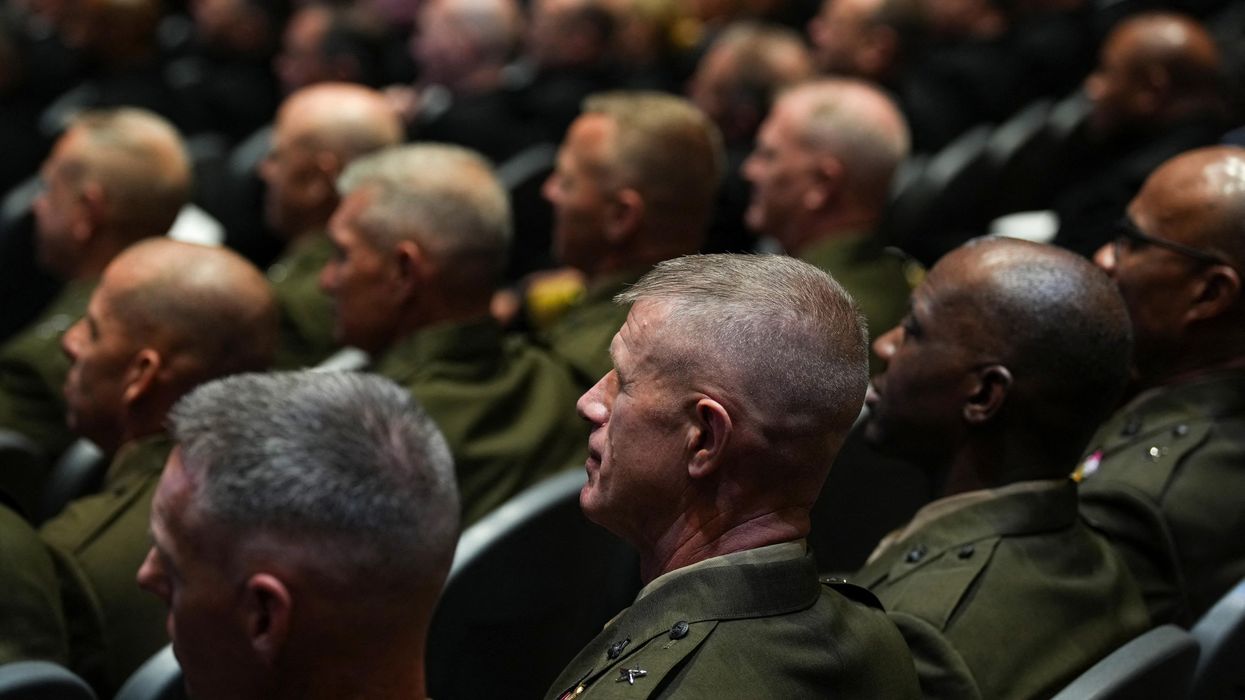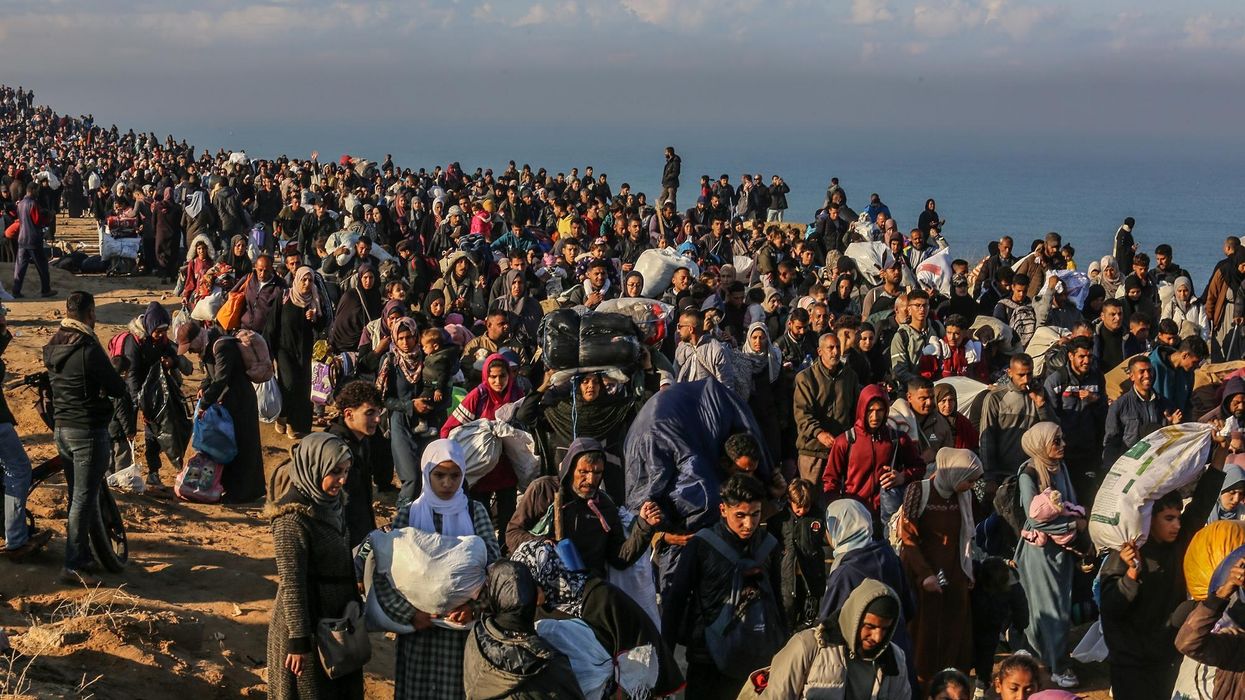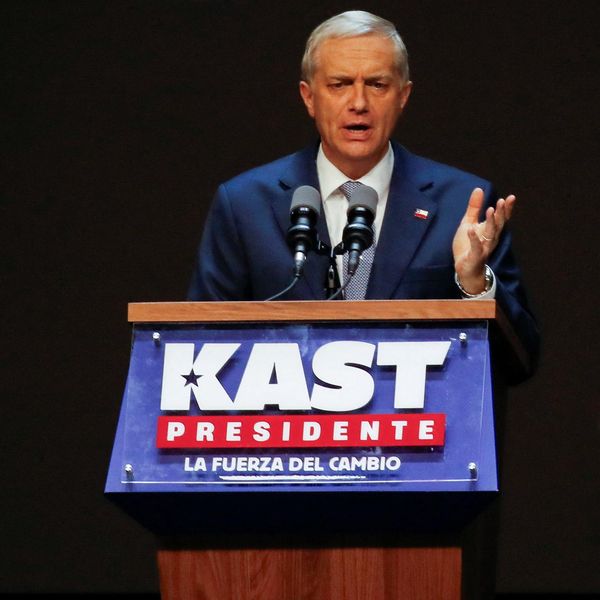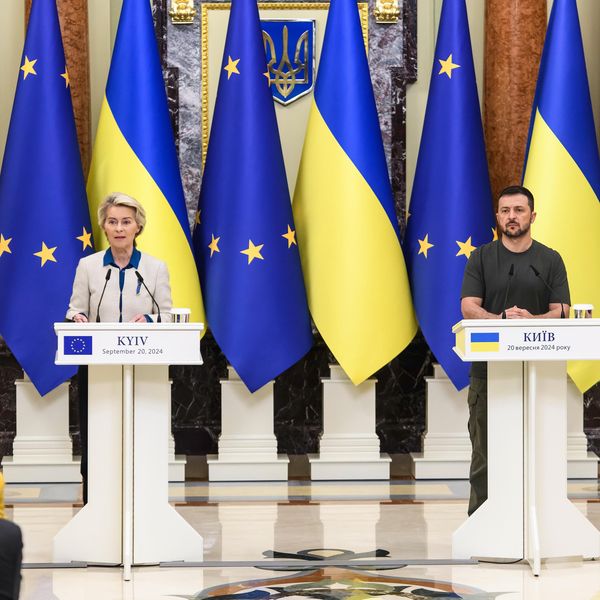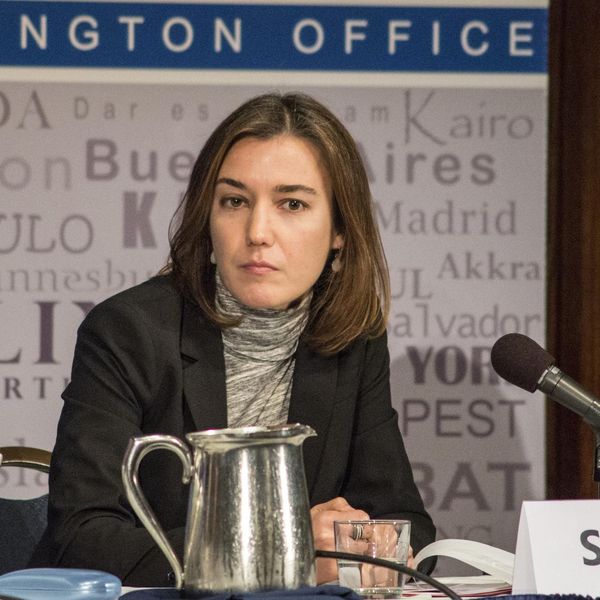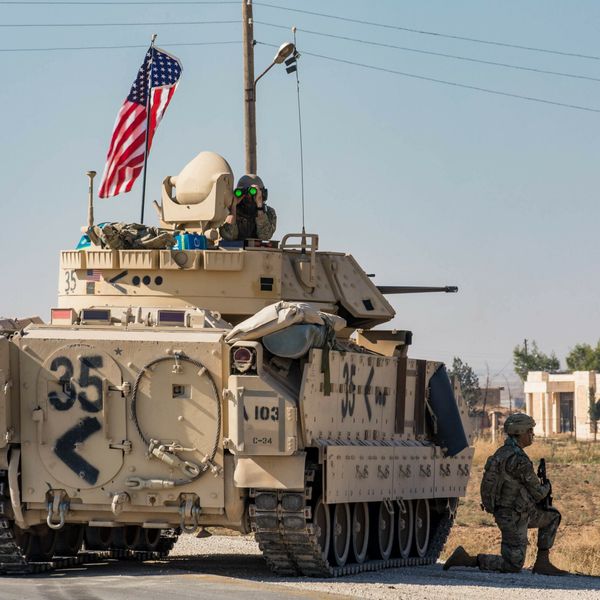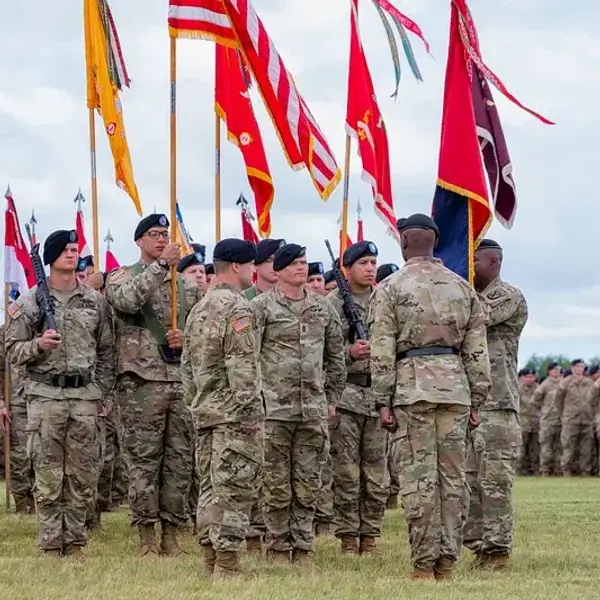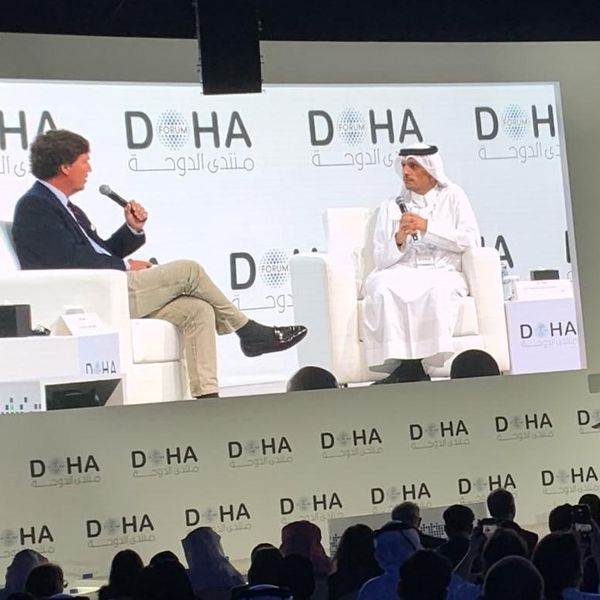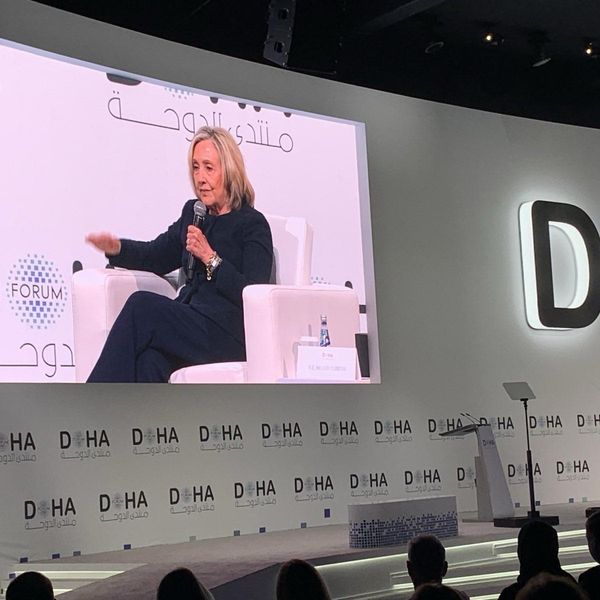On July 11 and 12, leaders of NATO countries will gather in Lithuania to discuss, among other things, extending formal security guarantees to Ukraine. With much less fanfare and media attention, the next generation of NATO leaders gathered last month in Brussels and Washington for the fourth-ever NATO Youth Summit.
When the first NATO Youth Summit was held in November 2020 as part of the “NATO 2030 Initiative,” the alliance was in search of a purpose. The old adage that NATO must go “out of area or out of business” had contributed to the costly disaster in Libya. Leaders on both sides of the Atlantic assailed the alliance as “obsolete” or “brain dead.”
But in February 2022, NATO found its new purpose: its old purpose. With Russia’s invasion of Ukraine, the alliance was reinvigorated, returning to its original mandate of deterring a Russian military threat at Europe’s door. But in attending the youth summit in June, I was left asking: for an alliance whose members account for over half of the world’s military spending, and around half of global GDP, is deterring and containing Russia a big enough task?
“Delegates” to the 2023 NATO Youth Summit filed into the ballroom of the National Press Club in Washington, DC at 9 am on June 5. Most, based on my observation and on audience Q&A, were college students. The rest were professionals 18 to 35-years-old, who obtained their invitations, or “nominations” through various sponsoring NGOs and private companies.
As we entered the ballroom, we were met by a table with a small offering of NATO merch, including pens, branded tins of mints, and cloth face masks sporting the hashtag #WeAreNATO. This last item gave me the impression that NATO was trying to offload previous years’ merchandise.
What followed was an eight-hour series of panels with both in-person and virtual speakers, covering topics ranging from “Diplomacy Through Sports” and “Defending Freedom with Allies” to “How to Become an OSINT Expert” and “Serving the Mission in the Private Sector.”
The summit kicked off with a remote address by Secretary General Jens Stoltenberg, who spoke in person to a parallel audience in Brussels. His speech contained little that would surprise anyone with a passing familiarity with NATO and international affairs — referring multiple times to NATO as a “family” whose “mission is peace.” He discussed climate change as a risk multiplier that heightens other security threats, and emphasized the need to green NATO militaries to maintain their technological edge, as in the near future, he said, the best engines will all be electric.
The other high-level officials who addressed the conference — Under Secretary of Defense Colin Kahl and Under Secretary of State for Political Affairs Victoria Nuland — both appeared remotely, despite each of their offices being about 10 minutes drive from the summit (John Kirby, retired admiral and current NSC spokesman, was scheduled to appear on a panel on “Countering Disinformation” but did not show). Both focused on themes that have been central to the Biden administration’s foreign policy rhetoric: a global struggle between democracies and autocracies, the need to maintain a “free and open Indo-Pacific,” and the defense of the “rules-based international order.”
Kahl addressed U.S.-China policy, emphasizing that the very same rules-based international order had enabled China’s rise, and claiming that, despite his administration’s moves to build up various anti-China military coalitions in the region and to restrict China’s technological development, the United States is not trying to “keep China down.”
Nuland gave a lengthy endorsement of a kind of “strategic empathy,” saying that all leaders believe they act in their people’s best interests, and that it is necessary for U.S. policymakers to step into their shoes and try to understand how they see things. Based on the Biden administration’s diplomatic dealings with China and Russia so far, it is unclear how productive this mental exercise has been. She also said “the Chinese take a long view of history” — an insight one could glean from decades of diplomatic experience, or from catching a glimpse of the cover of The Economist on a Hudson News rack.
The less prominent speakers included a “content creator” who presented a slick video featuring countryball memes and Atari-style fonts aimed at convincing millennials and Gen-Z of the value of the NATO alliance. A speaker on the OSINT panel walked the audience through an exercise in identifying credible media sources in which the example of disinformation was an article from North Korean state media. He said you could tell such articles were unreliable by their use of biased language and lack of sourcing. A European student was featured in a video highlighting the promise and peril of AI-enhanced biotechnology that may enable rudimentary mind-reading.
On a panel on “The Everyday Practice of Diplomacy,” an intelligence official reassured the crowd that he had been able to buy a house and raise a family on a public sector salary.
Perhaps the most surprising moment of the day came when a recent college graduate asked a panel of Google employees about a 2018 incident in which the company canceled a contract with the Pentagon over employee objections to developing artificial intelligence weaponry — only to conclude his question by asking how reluctant private sector workers could be convinced that they should help develop autonomous weapons for the Pentagon.
Where I was seated in the rear wing of the auditorium, audience enthusiasm was muted. At one point I overheard an attendee suggest, “Take a shot every time you hear ‘public-private partnership.” A tech worker seated behind me, on the older side for the crowd, complained that Victoria Nuland was slated to speak in the late afternoon, preventing him from leaving at lunch. The summit featured too much talk of issues like climate change, he said, not what really matters: Can NATO beat Russia?
But most attendees, particularly college students for whom your standard D.C.-foreign policy panel may be more novel and exciting, seemed more engaged and enthusiastic. If events such as this are NATO’s play to win the hearts and minds of a broad swath of Western youth, it won’t have gotten far. But as an effort to engage the aspiring lanyard-wearers who fill IR programs and will make up the next generation’s foreign policy establishment, it was just fine.
Yet much of the summit reflected the very same grasping for purpose that has characterized NATO from the end of the Cold War to Russia’s invasion of Ukraine. A surprisingly large share was devoted not to the Russia-Ukraine war or military deterrence in Europe but to a host of non-military problems, from climate change to misinformation to the health of democracy.
This seemed to reflect a misplaced hope that the alliance could provide a cure to the deeper internal crises that plague Western nations today. As with the efforts to expand NATO’s role in the Asia Pacific, it’s not clear what a North Atlantic military alliance has to offer here. NATO may have rediscovered its core purpose, but if this summit was any indication, its hunger for a grander mission is still not satisfied.


